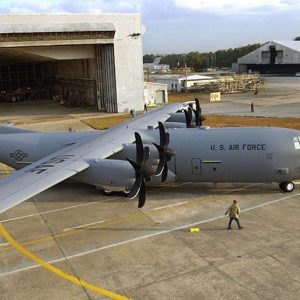 C-130J Hercules
C-130J Hercules
Entry Category: Locations - Starting with C
 C-130J Hercules
C-130J Hercules
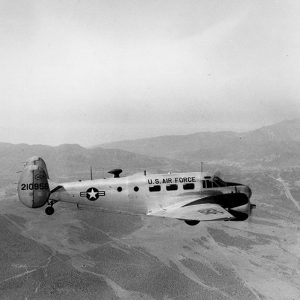 C-45 Expeditor
C-45 Expeditor
 Cadet Pilot
Cadet Pilot
Camden Army Air Field
aka: Harrell Field
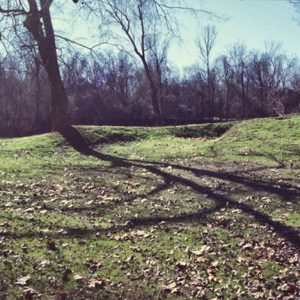 Camden Water Battery
Camden Water Battery
 Camden Water Battery
Camden Water Battery
Camden Water Battery
Camp Hot Springs
Camp Jesse Turner
Camp Joseph T. Robinson
aka: Camp Pike
aka: Camp Robinson
Camp Lee
Camp Magnolia
Camp Monticello
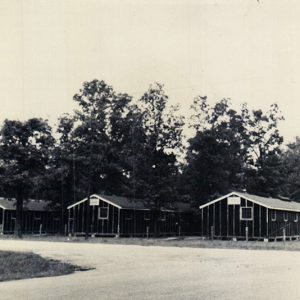 Camp Monticello Barracks
Camp Monticello Barracks
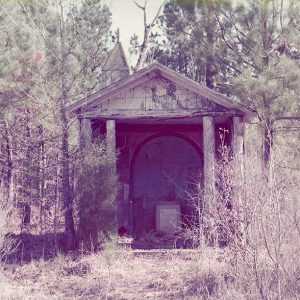 Camp Monticello Chapel
Camp Monticello Chapel
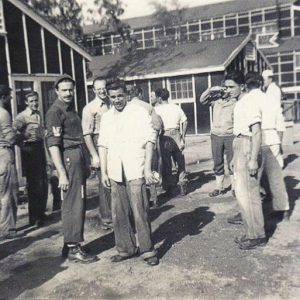 Camp Monticello POWs
Camp Monticello POWs
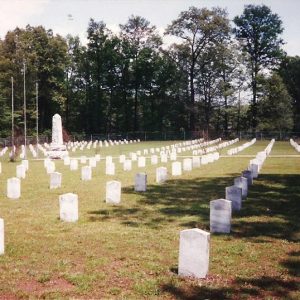 Camp Nelson
Camp Nelson
Camp Nelson Confederate Cemetery
 Camp Nelson Rededication
Camp Nelson Rededication
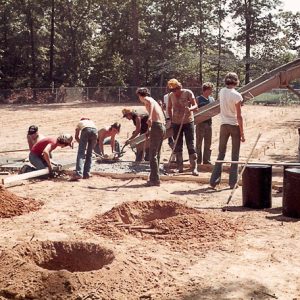 Camp Nelson Restoration
Camp Nelson Restoration
 Camp Nelson Confederate Cemetery Monument
Camp Nelson Confederate Cemetery Monument
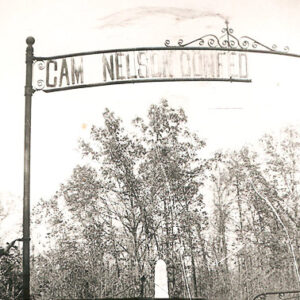 Camp Nelson Confederate Cemetery
Camp Nelson Confederate Cemetery
 Camp Nelson Confederate Cemetery Entrance
Camp Nelson Confederate Cemetery Entrance
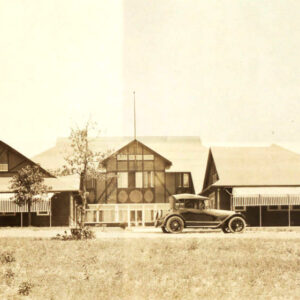 Camp Pike Officers Club
Camp Pike Officers Club
 Camp Pike Panorama
Camp Pike Panorama
 Camp Pike Pool Halls
Camp Pike Pool Halls
 Camp White Sulphur Springs Confederate Cemetery
Camp White Sulphur Springs Confederate Cemetery
 Camp White Sulphur Springs Confederate Cemetery
Camp White Sulphur Springs Confederate Cemetery
Camp White Sulphur Springs Confederate Cemetery
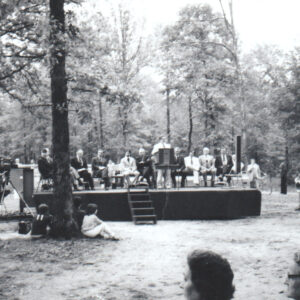 Cemetery Dedication
Cemetery Dedication
Central Arkansas Veterans Healthcare System
 Chaffee Switchboard
Chaffee Switchboard
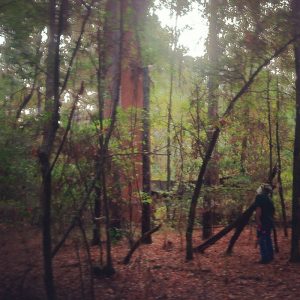 Chimney Remnants
Chimney Remnants
Civil War Markers and Memorials (Outside Arkansas)
Clarksville Confederate Monument
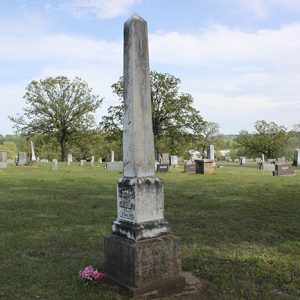 Clarksville Confederate Monument
Clarksville Confederate Monument
Clarksville National Guard Armory
Contraband Camps
aka: Slave Refugee Camps
Conway Confederate Monument
 Conway Confederate Monument
Conway Confederate Monument
 Conway Confederate Monument
Conway Confederate Monument




